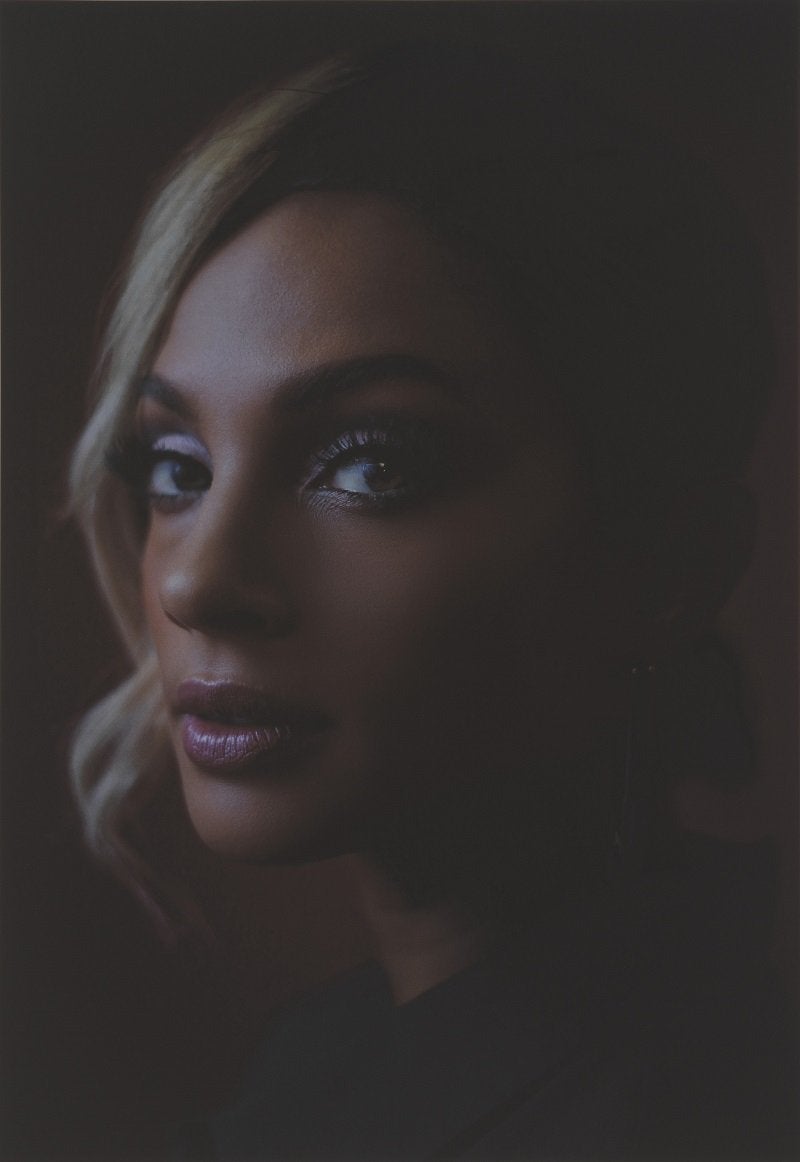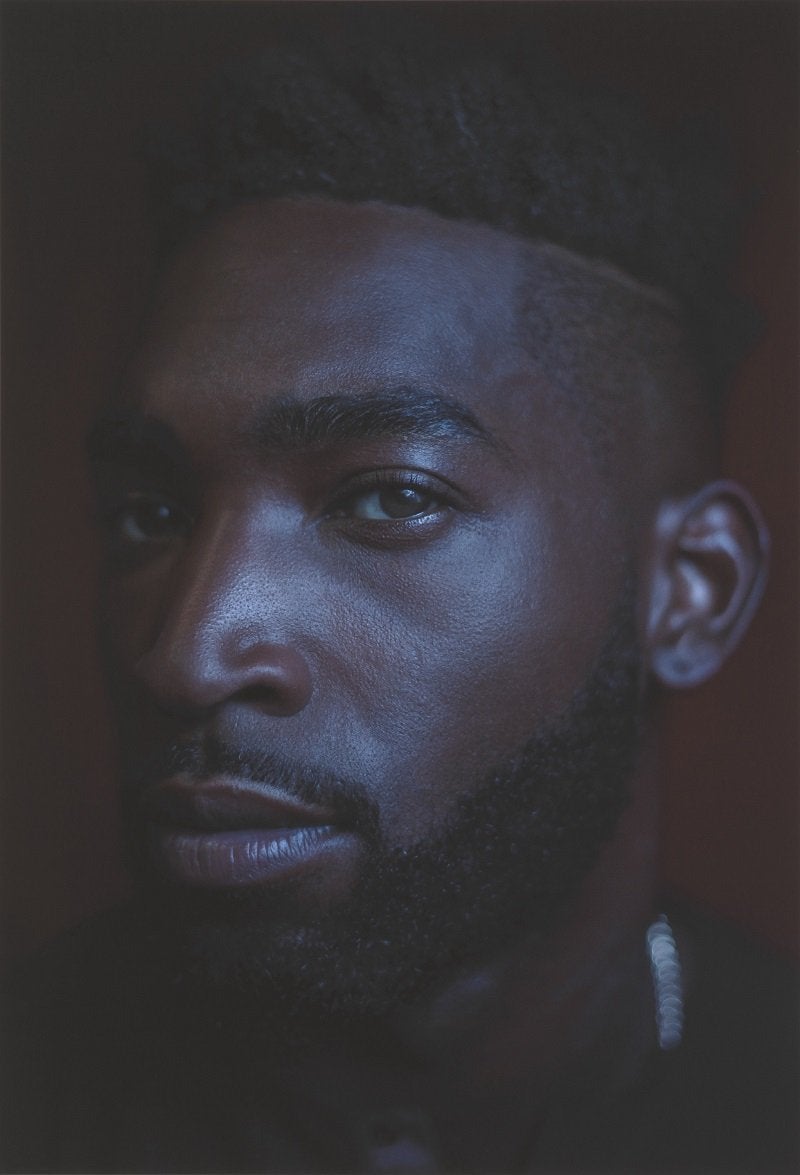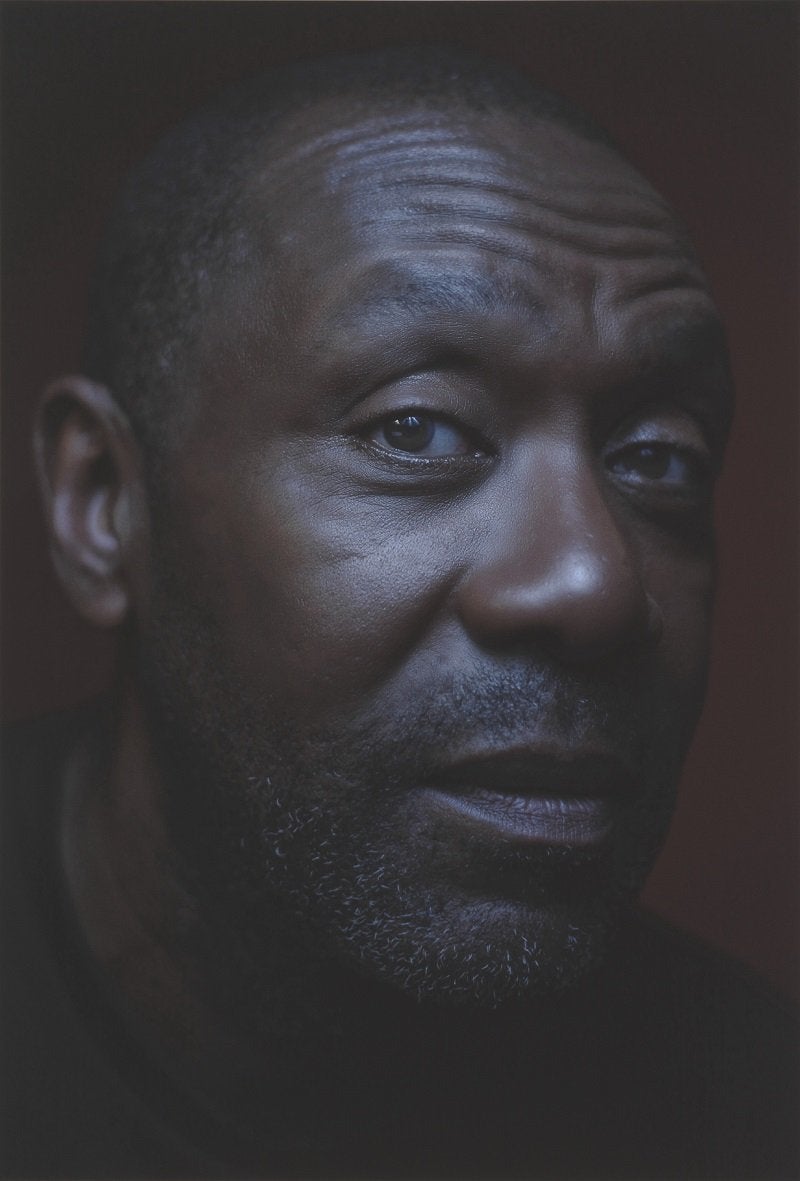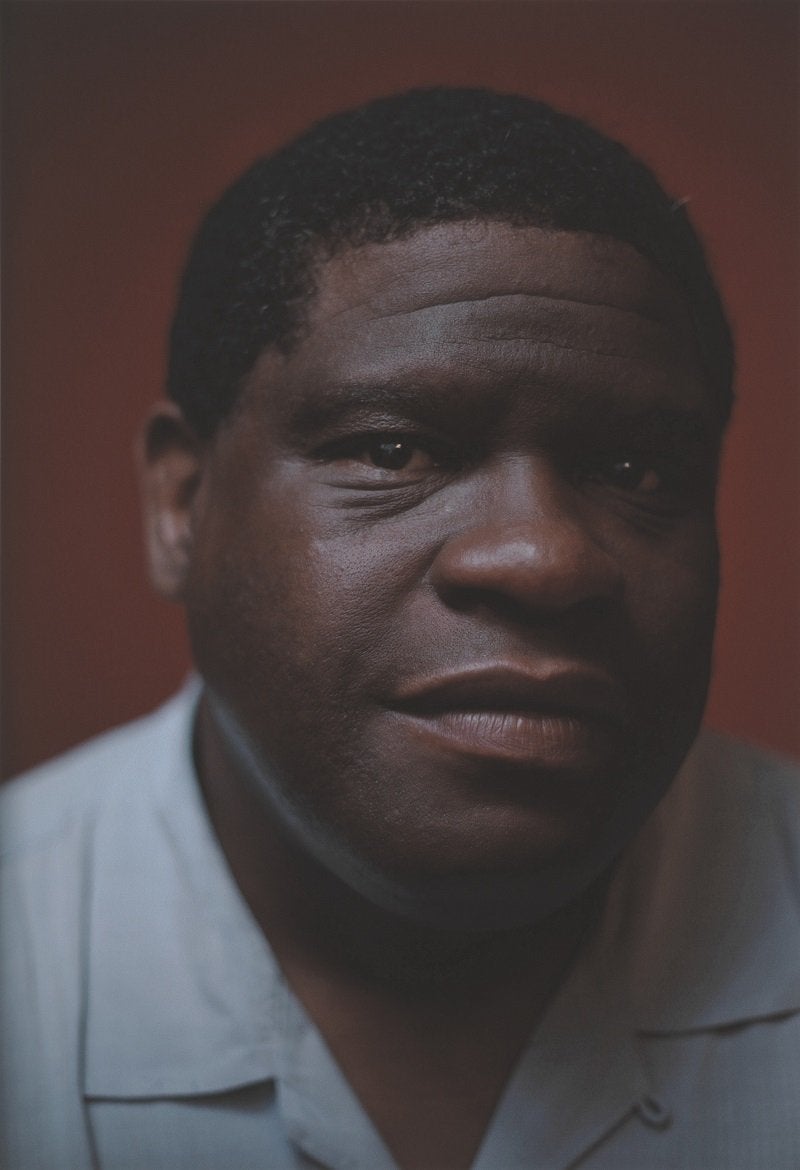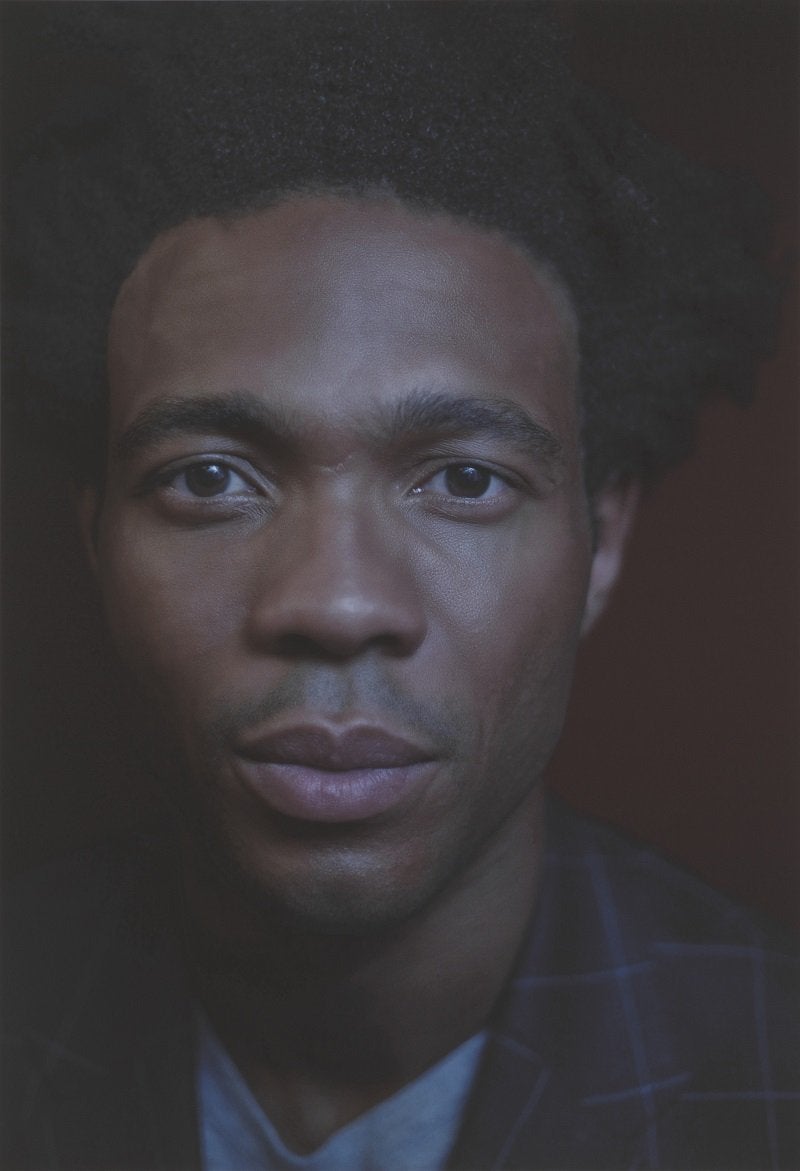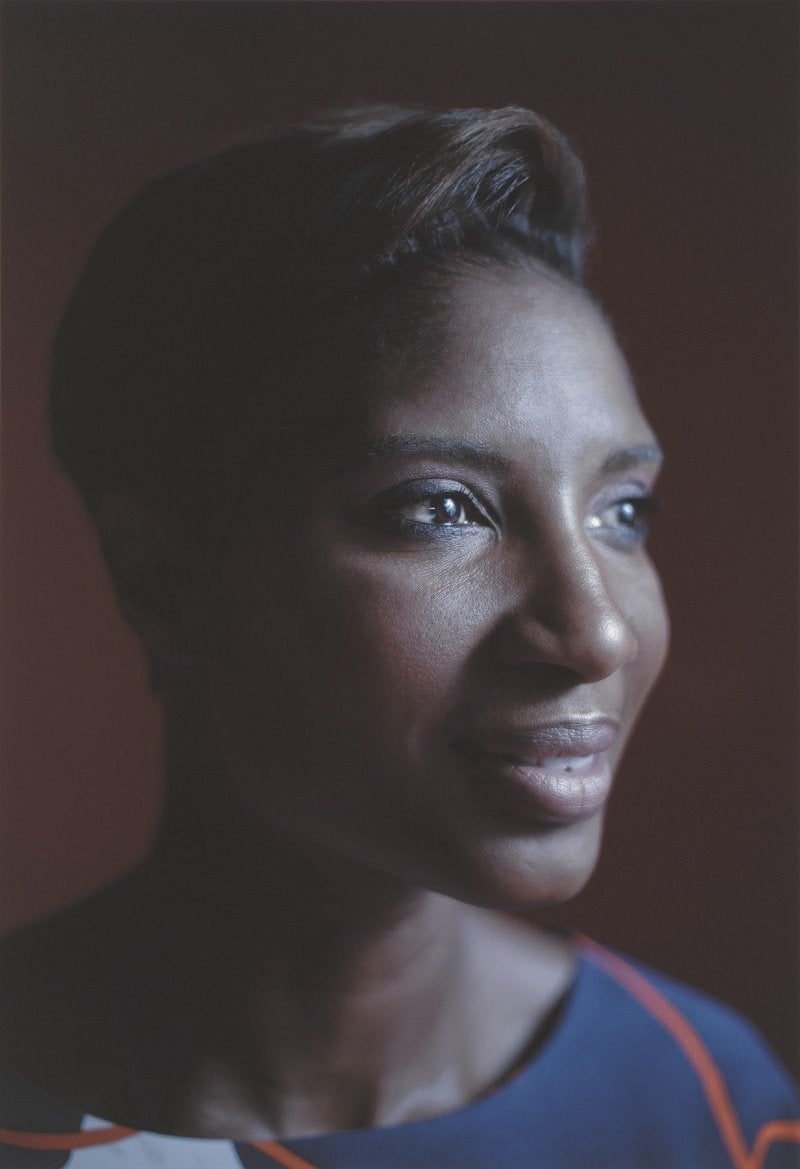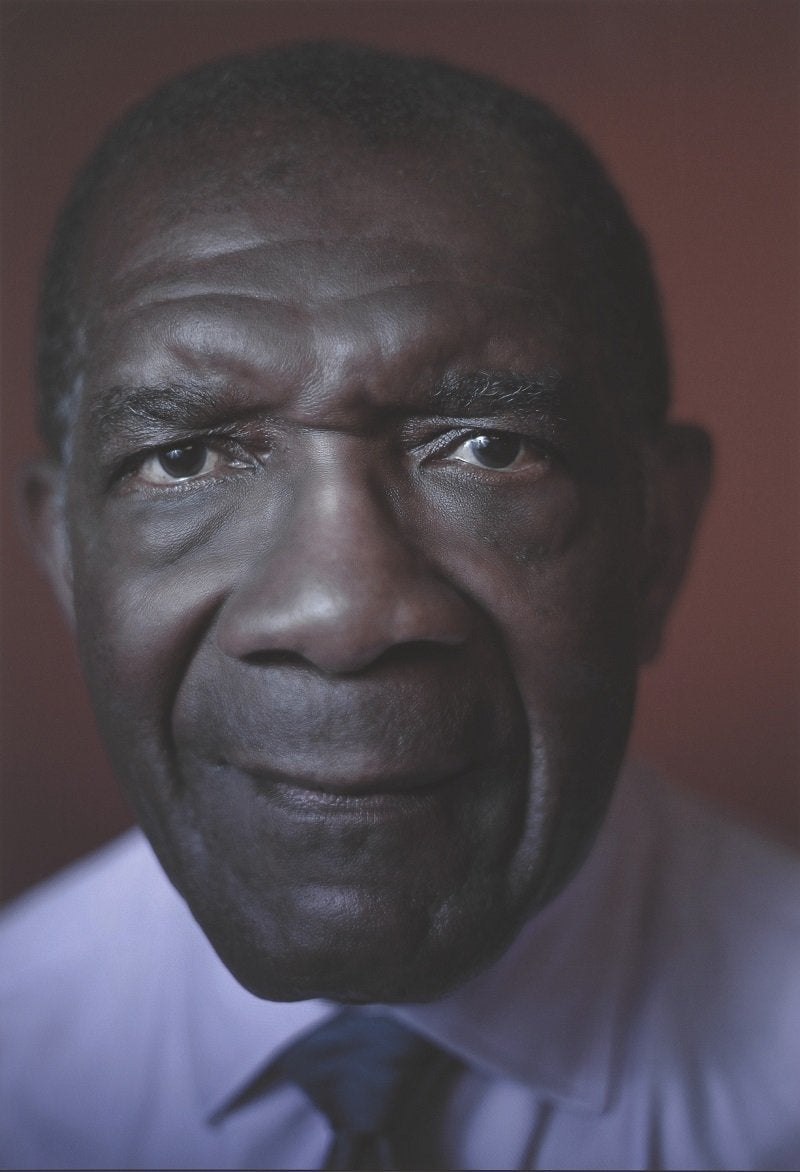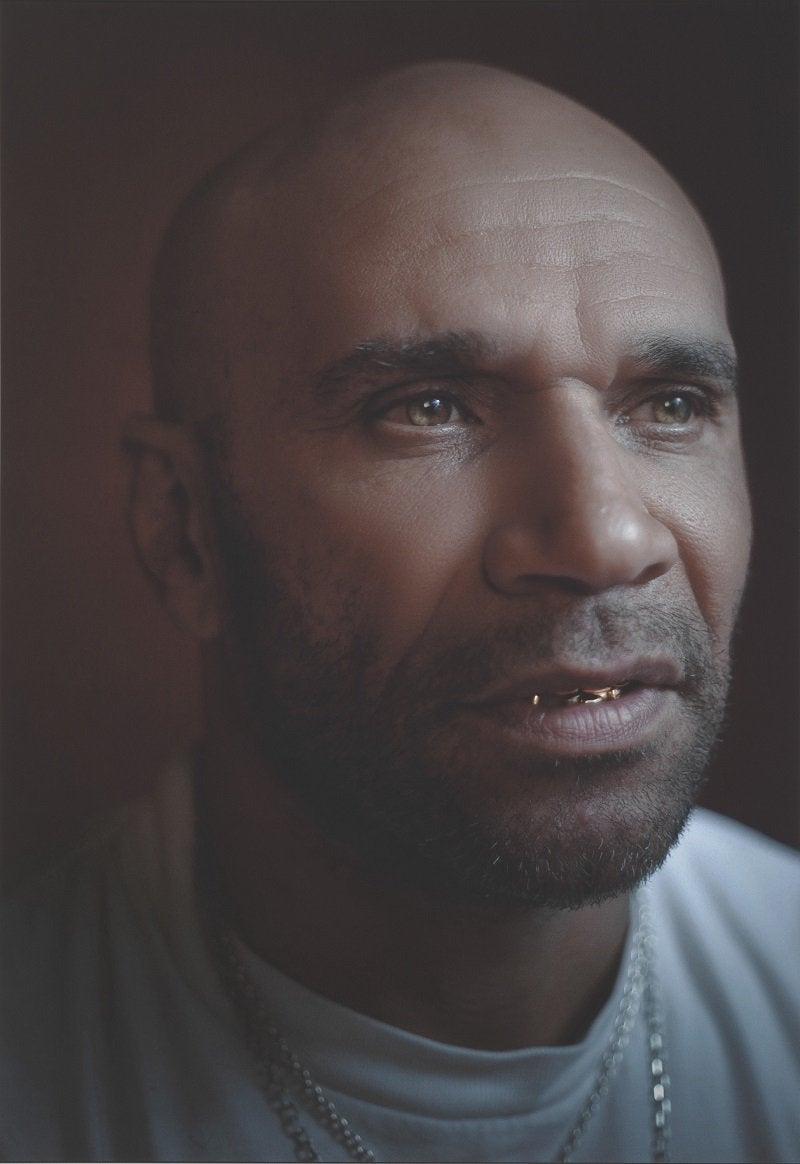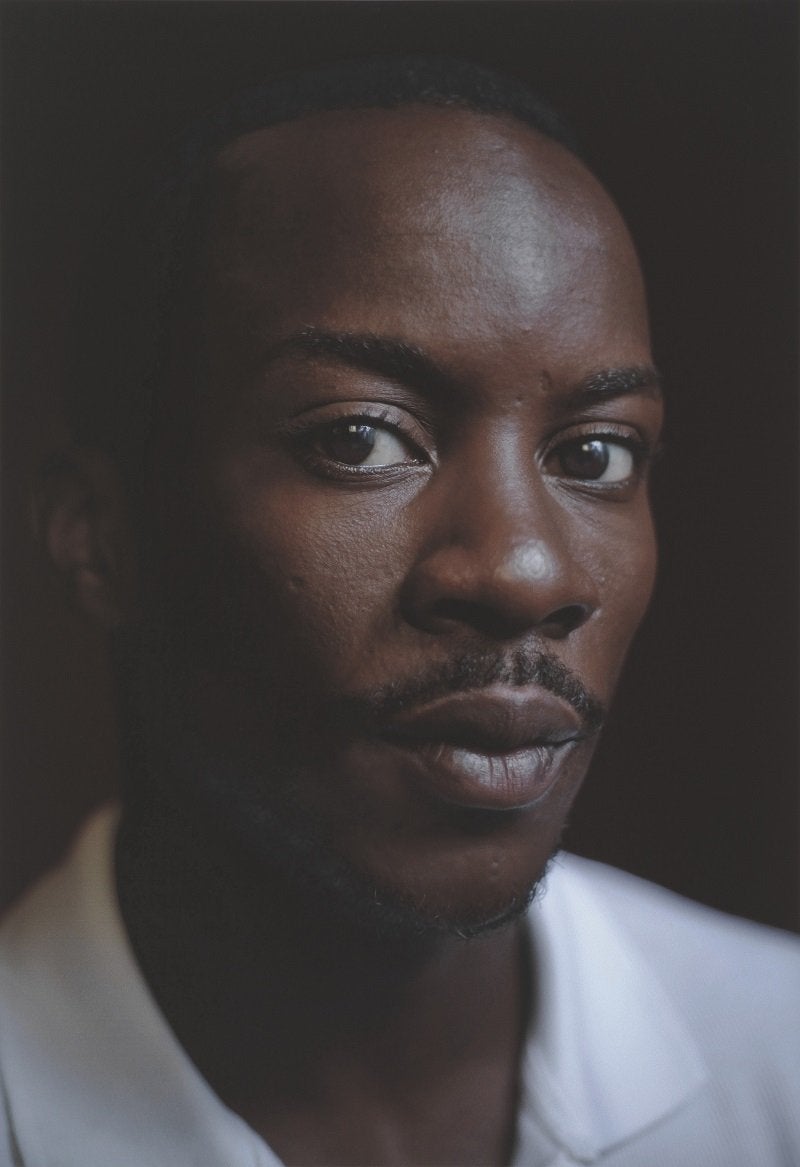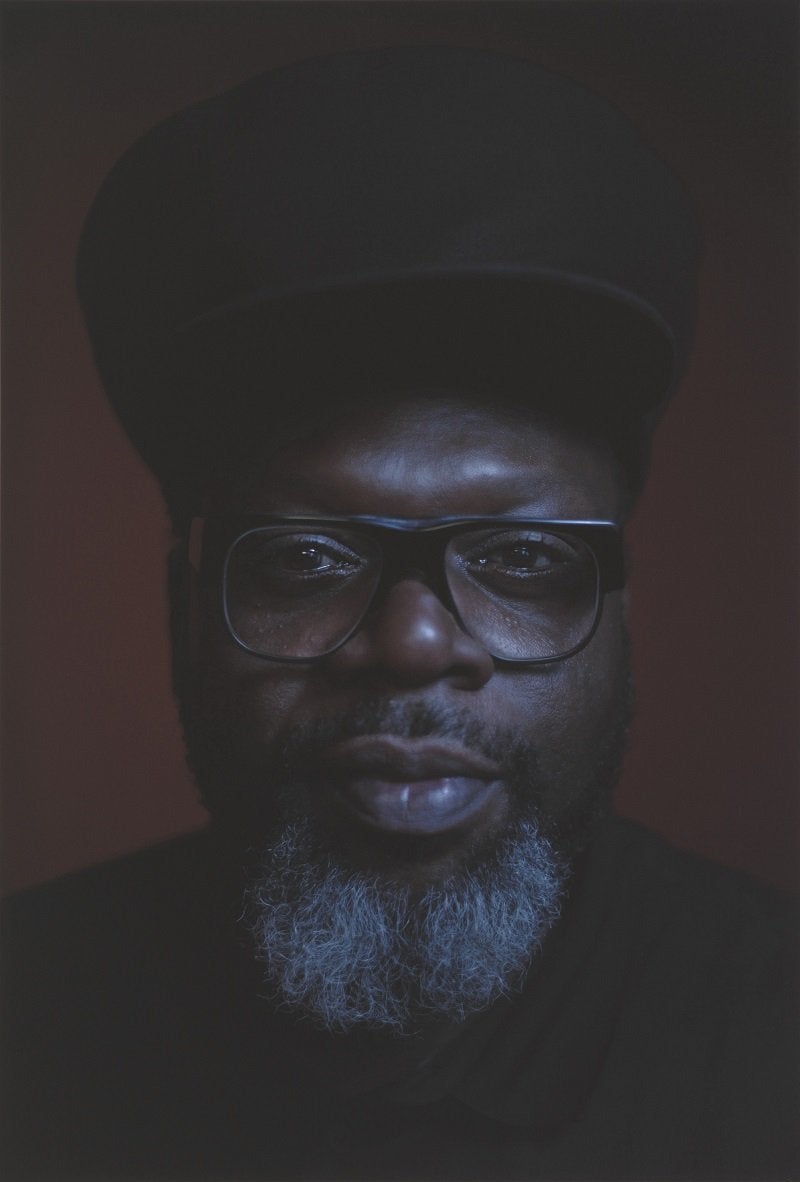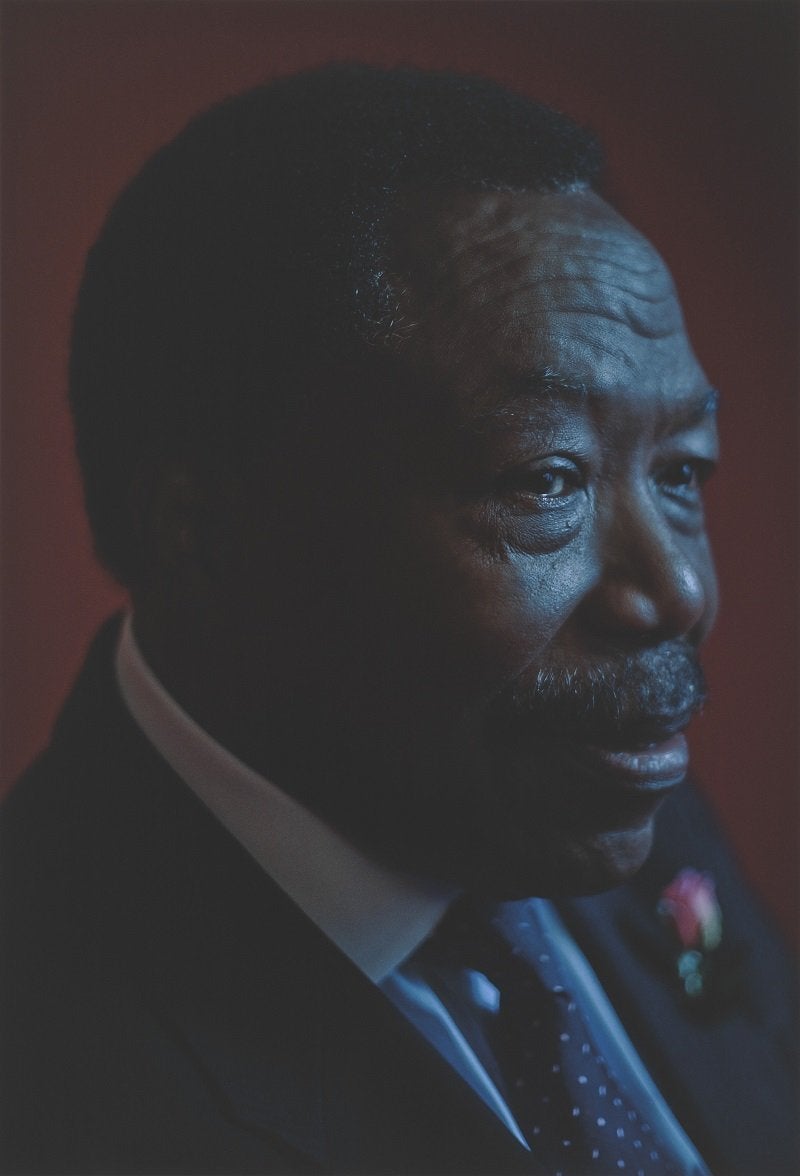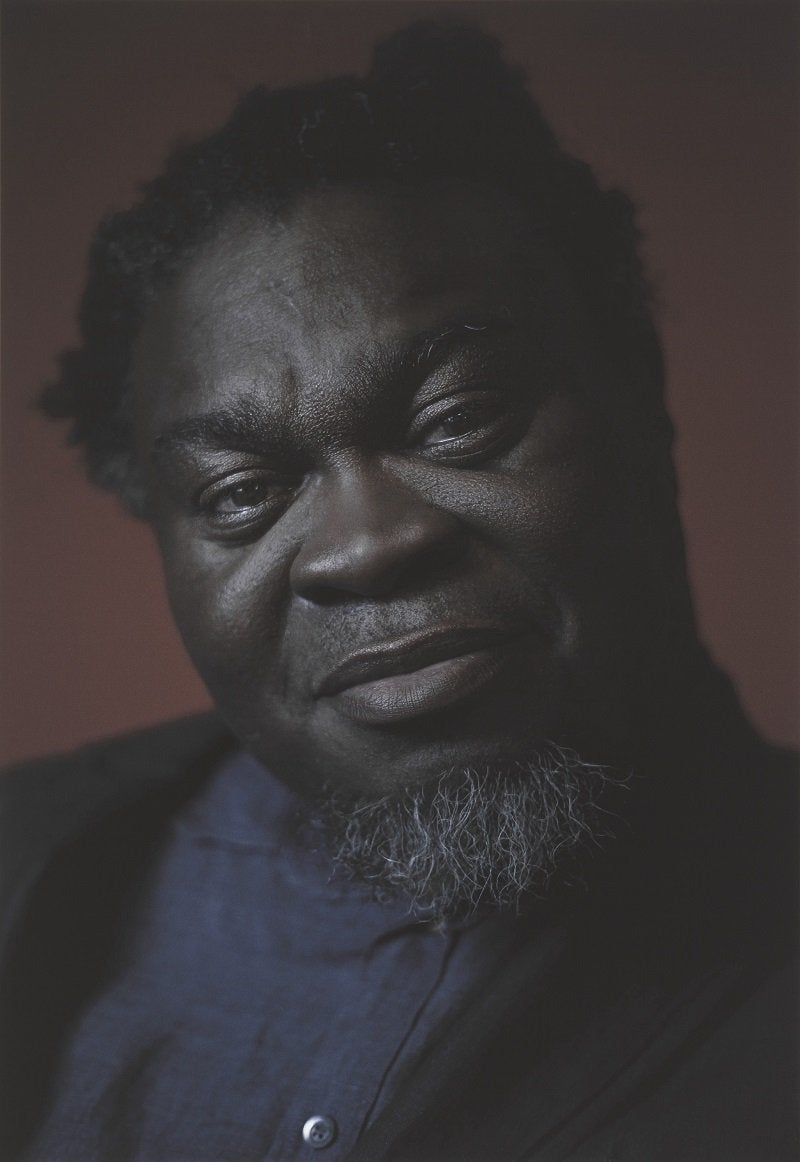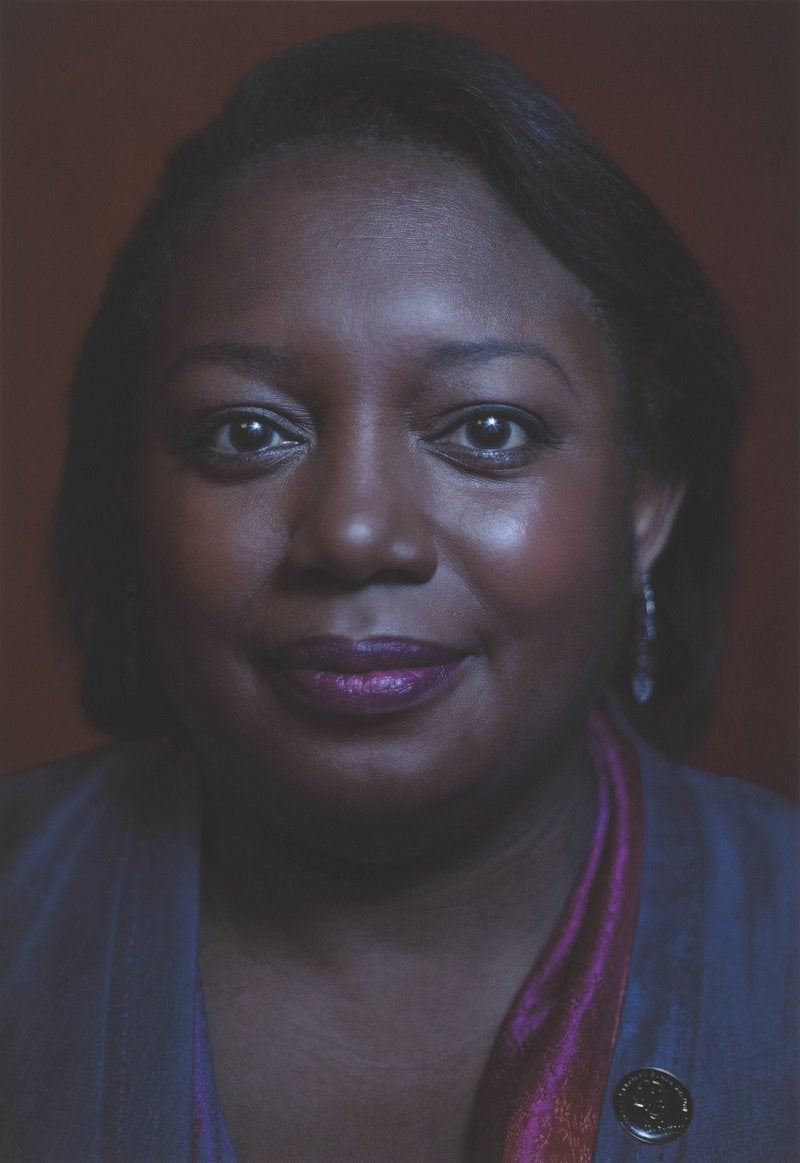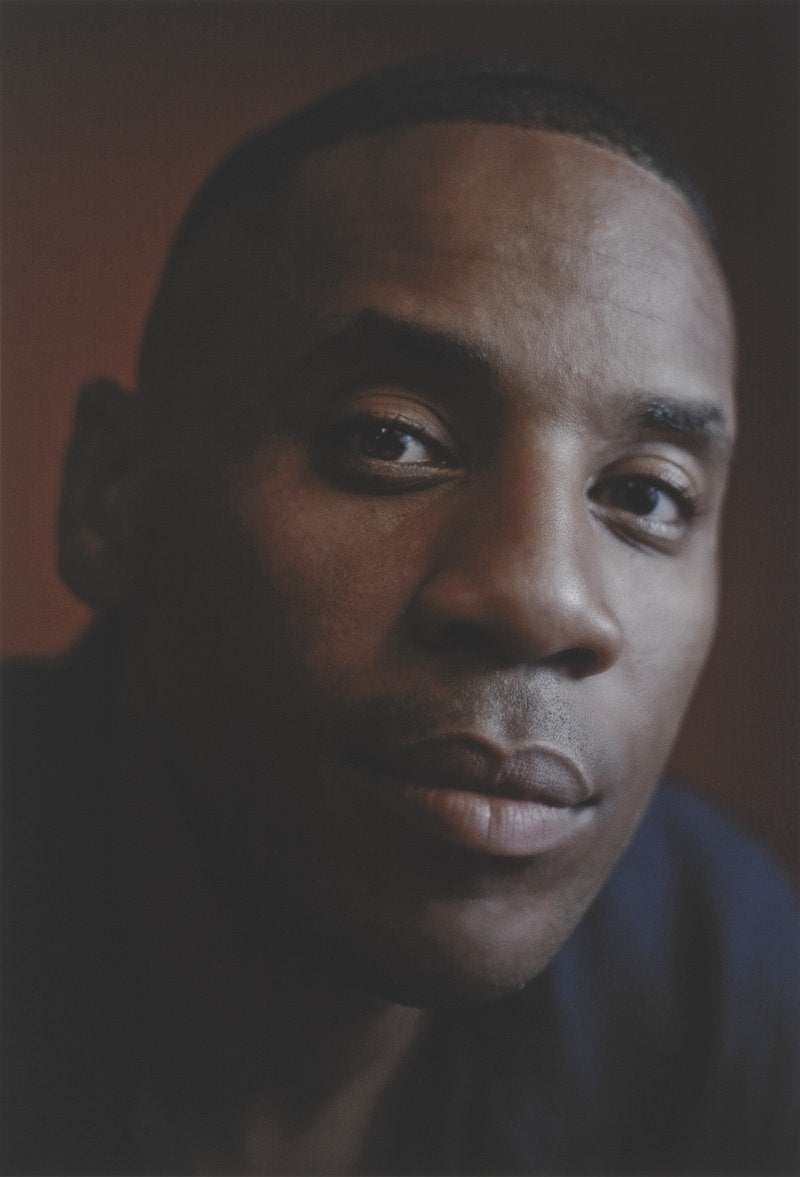Black History Month is associated with heroes such as Martin Luther King, Rosa Parks, Muhammad Ali, Maya Angelou, and perhaps Harriet Tubman. But all of these names are American heroes from the 20th century.
What about the people who are making black history today, particularly in the UK?
Black Is The New Black, a new exhibition at London’s National Portrait Gallery, aims to redress this. Shot by artist and director Simon Frederick, it is the gallery’s largest acquisition of portraits of African and Caribbean people and includes Thandie Newton, Naomi Campbell, Dizzee Rascal, Laura Mvula, Tinie Tempah, Sir Lenny Henry and Sir Trevor McDonald.
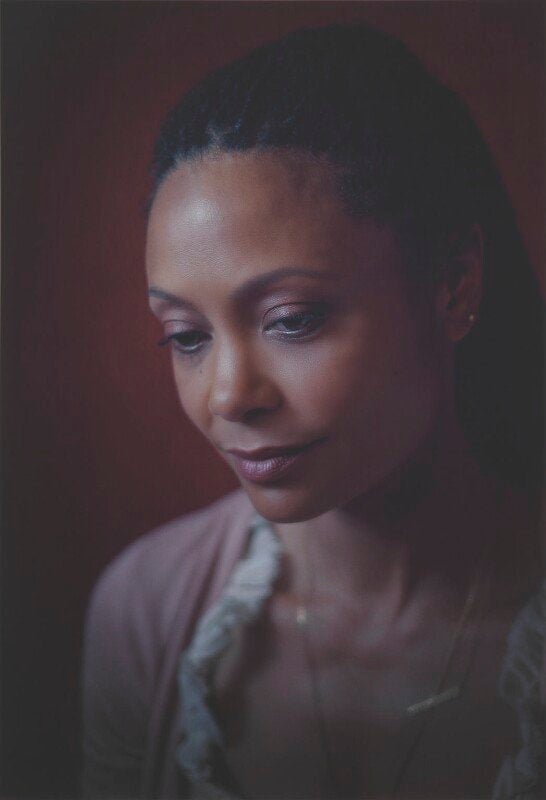
You’ll recognise many names and faces in the gallery as people who have been heavily featured in across the news, politics and pop culture in the last decade, perhaps people you never realised were making black history at the time.
Alesha Dixon, Chuka Umunna and Malorie Blackman’s images are hung on the walls alongside John Sentamu, who upon becoming Archbishop of York in 2005, also broke ground as Britain’s first black Archbishop. But their faces, softly focused and dimly lit by Frederick, are presented in a way we’ve never seen them before – strong and confrontational, yet simultaneously somewhat intimate and vulnerable.
Frederick chose sitters for the exhibition from fields spanning politics, business, culture, religion and science and his aim is to normalise the contribution that black people make to Britain.
He told HuffPost UK: “My biggest hope is that what it does is normalises the fact that black people are contributing and have contributed to the wealth and health of this country. It’s always astounding to me that you get the idiot fringe, as it were, who often turn around and say ‘why do they need to have their own thing?’. ‘Why do they need to be singled out as being special?’.
“Well, we’re not asking to be special. We’re just asking to be included in the story that we’ve been excluded from for so long. I’ve grown up in this country, my children go to school in this country and I’m proud to be British. I’m also proud of my Caribbean heritage but, at the same time, if we are excluded from the story then that becomes problematic.”
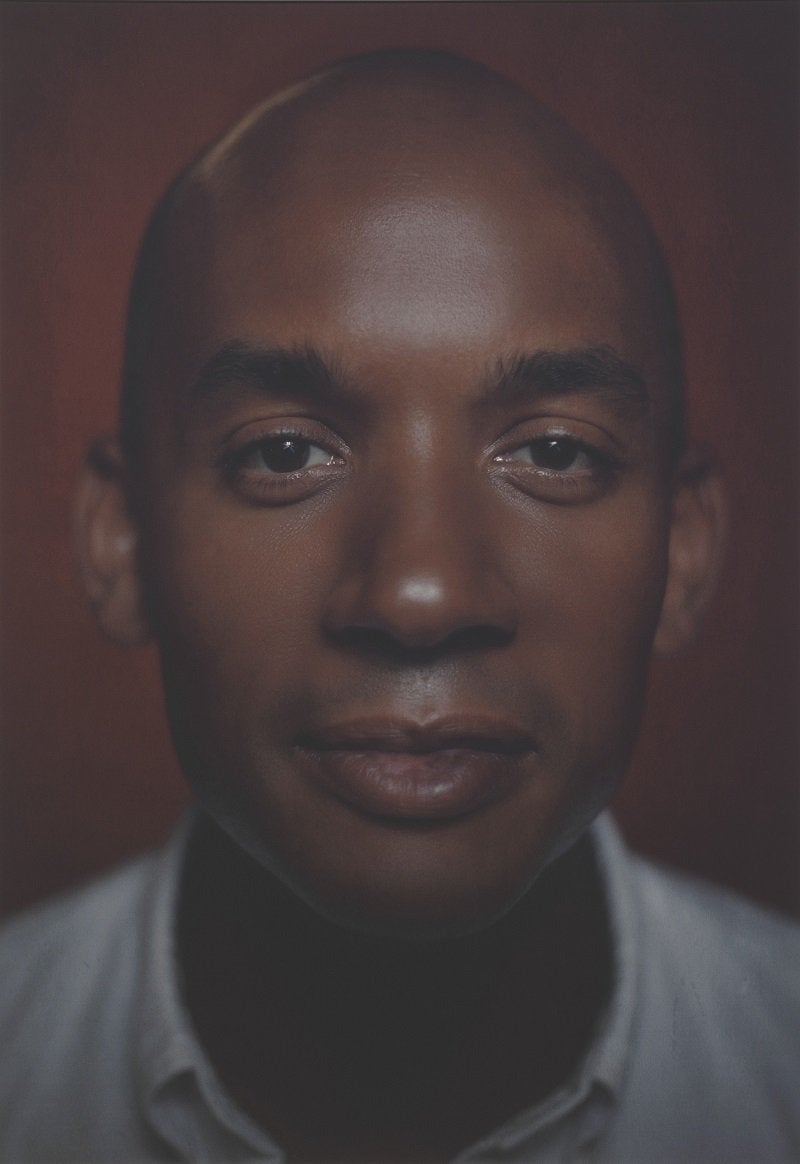
In many ways, the exhibition, which will run until the end of January 2019, is demonstrating the new and innovative ways we can approach portraiture, the remembrance of black history, and the people we see as worth celebrating within an artistic institution founded in the 19th century.
The historical relationship between portraiture and race is complex and inherently intertwined – images of black faces and bodies can and have been used as tools of subjugation during colonialism in the past. Not being able to show ourselves, using our own writing, art and ideas has previously often led to the creation and perpetuation of racist ideas and stereotypes, which a conversation we’ve even seen spring up as recently as last month in the controversial caricaturing of Serena Williams.
But images of blackness, captured by Frederick, a black artist himself, says something important about being able to tell our own stories, and represent our cultures in the way we best see fit.

The spirit of Black History Month is about inclusion, celebration and education. That spirit carries through this exhibition in its imagery but also its form: it’s interactive. At the press of a button, you can hold your phone up to the images and see videos and interviews with each portrait’s subject – which are clips are from a broader four-part BBC2 series by the same title as the exhibition.
It’s likely that the interactive element will serve as a draw, and a means by which to greater explore the histories that go along with each image. Anna Watkins, UK Managing Director of the media communications company Oath, which sponsored the exhibition, described the interactivity as a “fantastic, immersive experience for visitors to interact with the portraits through augmented reality.”
“Through the app they will relive and celebrate the achievements of some of the best known black Britons in an inspiring collection,” she continued. Oath is HuffPost’s parent company. It is part of the global telecommunications company Verizon.

Frederick, who as well as creating the portraits, is also behind the filming of the ‘Black Is The New Black’ series, says that it’s a “turning point in our shared culture,” in which “the contributions of black Britons are being acknowledged and celebrated equally.”
Black presence within such a historic institution is undoubtedly subversive – looking up at the black faces and bodies that now take up space under the ornate ceilings of the gallery itself, one message feels clear: remembering our past is now non-negotiable.
• Black Is The New Black is now on display at the National Portrait Gallery, and will be viewable until the 27th January.
• Micha Frazer-Carroll is a reporter for HuffPost UK and arts editor for Gal-Dem.
